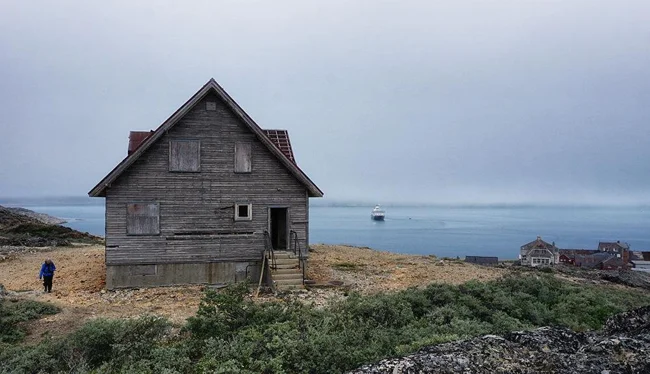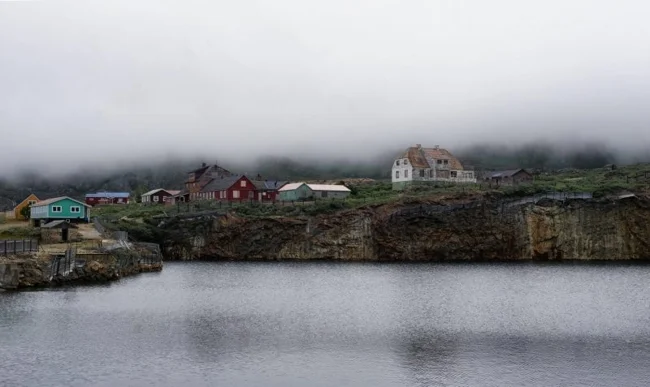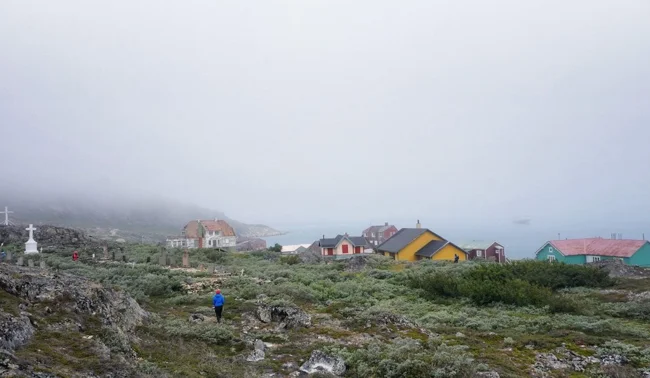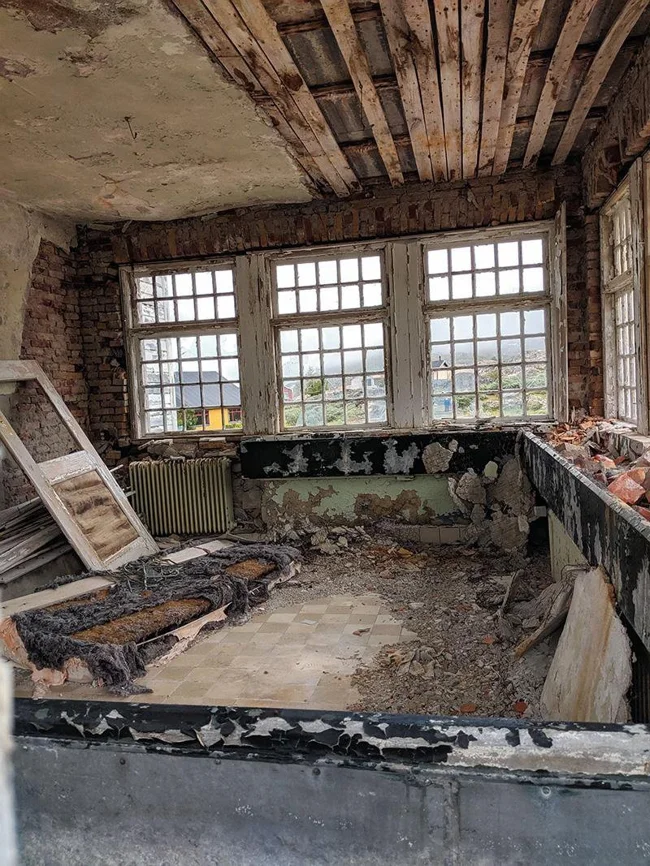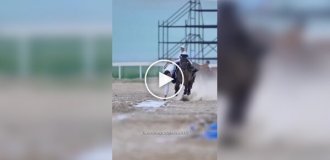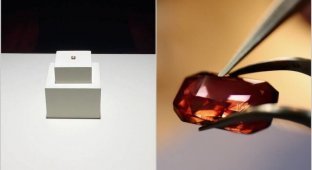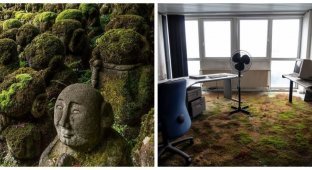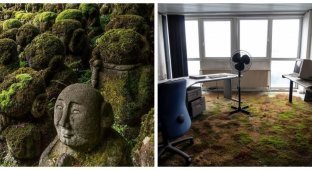Abandoned cryolite mine Ivittuut (10 photos)
At the southern tip of Greenland lies the old mining town of Ivittuut. Now it's just half-ruined houses, barns, and rusting pieces of machinery. Cryolite, an extremely rare mineral used to extract aluminum from bauxite, was once mined here. 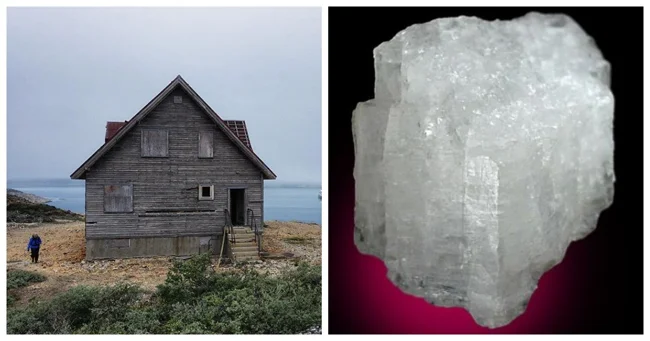
Although cryolite is found in other parts of the world, Ivittuut was the only place where it was mined commercially. 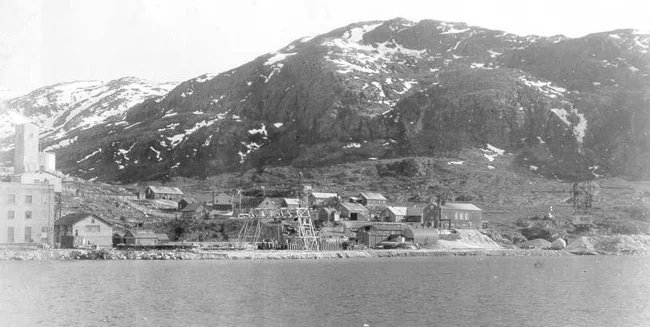
Cryolite (sodium hexafluoroaluminate) is a colorless compound of sodium, fluorine, and aluminum. Its name comes from the Greek words κρυος ("ice") and λιθος ("stone"). The mineral was first discovered here in 1799 by British prospectors looking for silver. But the ore turned out to be too poor, and the development was abandoned. Only 60 years later, Danish engineers assessed the potential of the deposit for the aluminum industry. 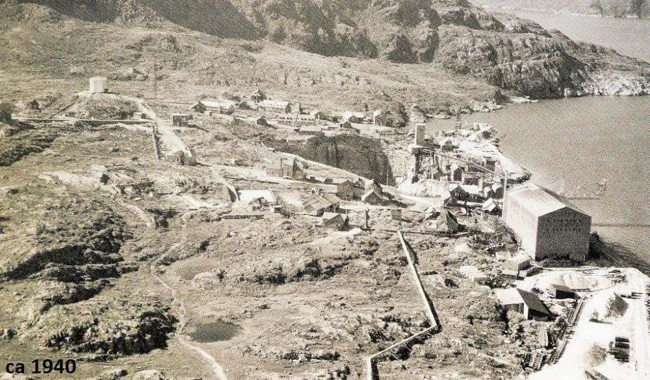
The aluminum content of cryolite is only 13%, compared to 50% in bauxite. However, in 1886, chemists Charles Martin Hall and Paul Héroult independently discovered that adding cryolite lowers the melting point of bauxite from 2000°C to an acceptable 1000°C. This method (the Hall-Héroult process) made aluminum cheap and turned it into the main metal of aviation. 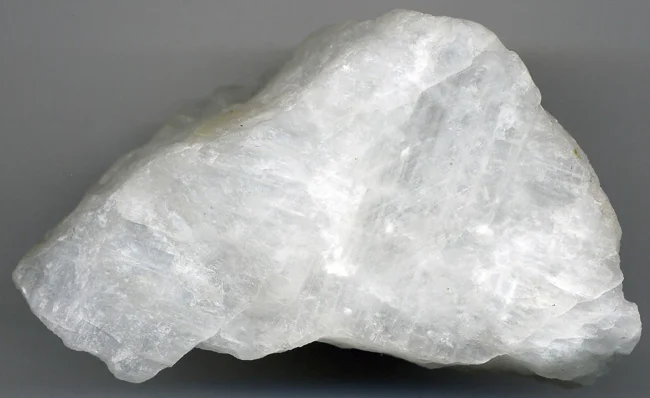
Cryolite
During WWII, when Germany occupied Denmark, the Allies urgently sent a military garrison to Ivittuut, since cryolite was a strategic resource for aircraft construction. The Americans built a naval base 5 kilometers from the mine (Kangilingnguit), and the coast guard set up a camp across the fjord. To hide the location, soldiers were forbidden to photograph the village or write letters to their families. 
After the war, mining continued until the late 1980s. When the deposit was depleted, the mine was closed (1987). Today, a synthetic analogue of cryolite is used in aluminum production, but the Hall-Héroult process remains unchanged. 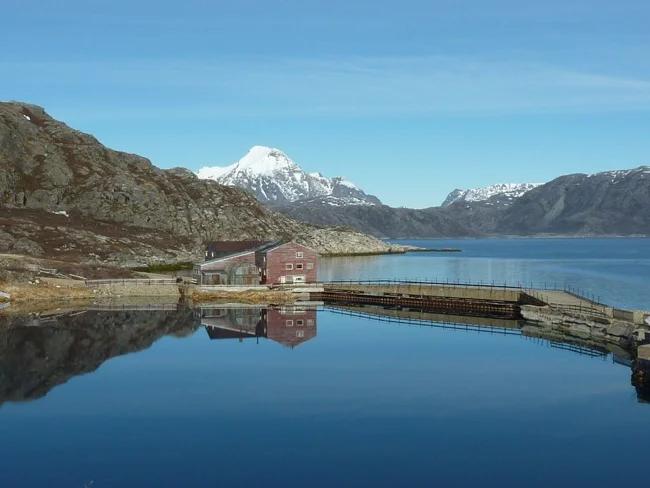
But apparently this is not the end. Recently, Eclipse Metals Ltd announced a seventy-fold increase in the volume of resources of the Grennedal deposit as part of the Ivittuut project. According to its representatives, the deposit is one of the highest-grade deposits of rare earth elements in the world. In the meantime, the village is open to tourists, who are asked to behave carefully, not enter the houses and cause as little damage as possible to the fragile structures. 